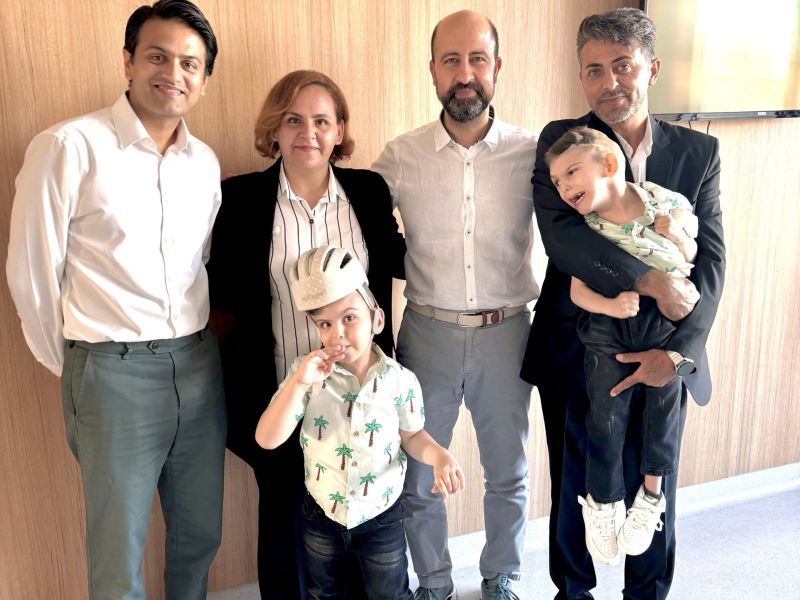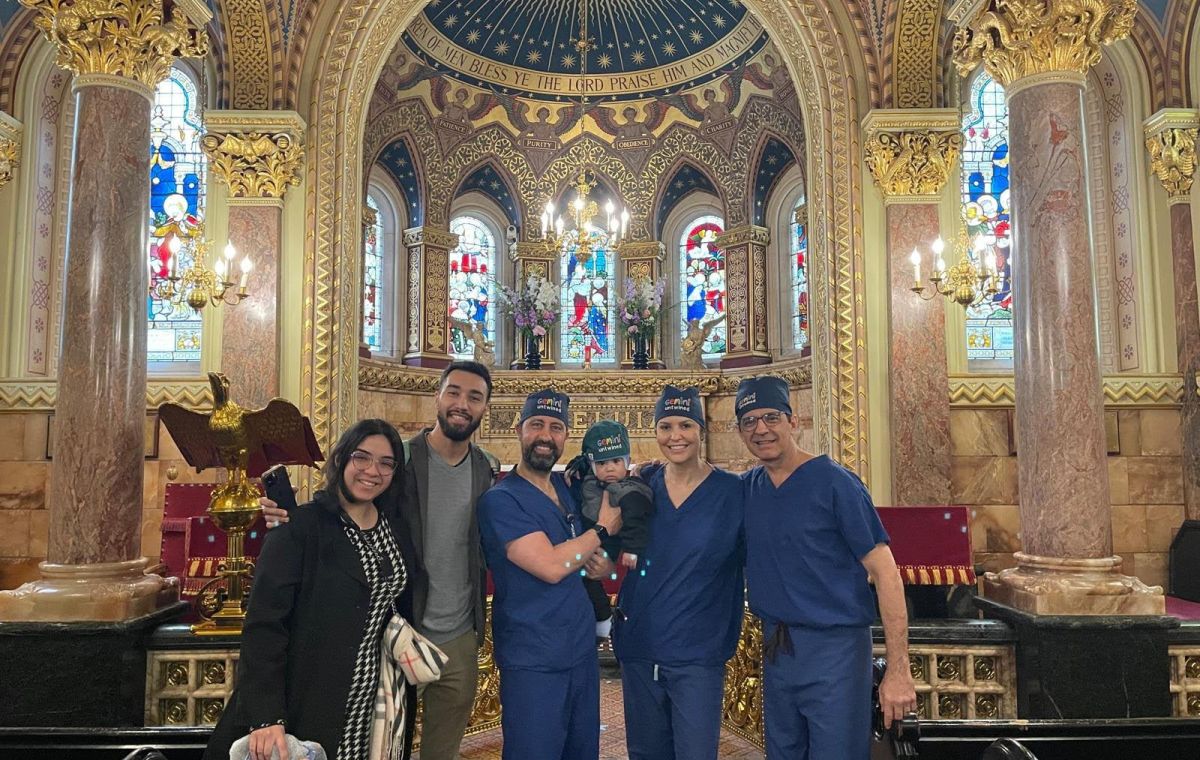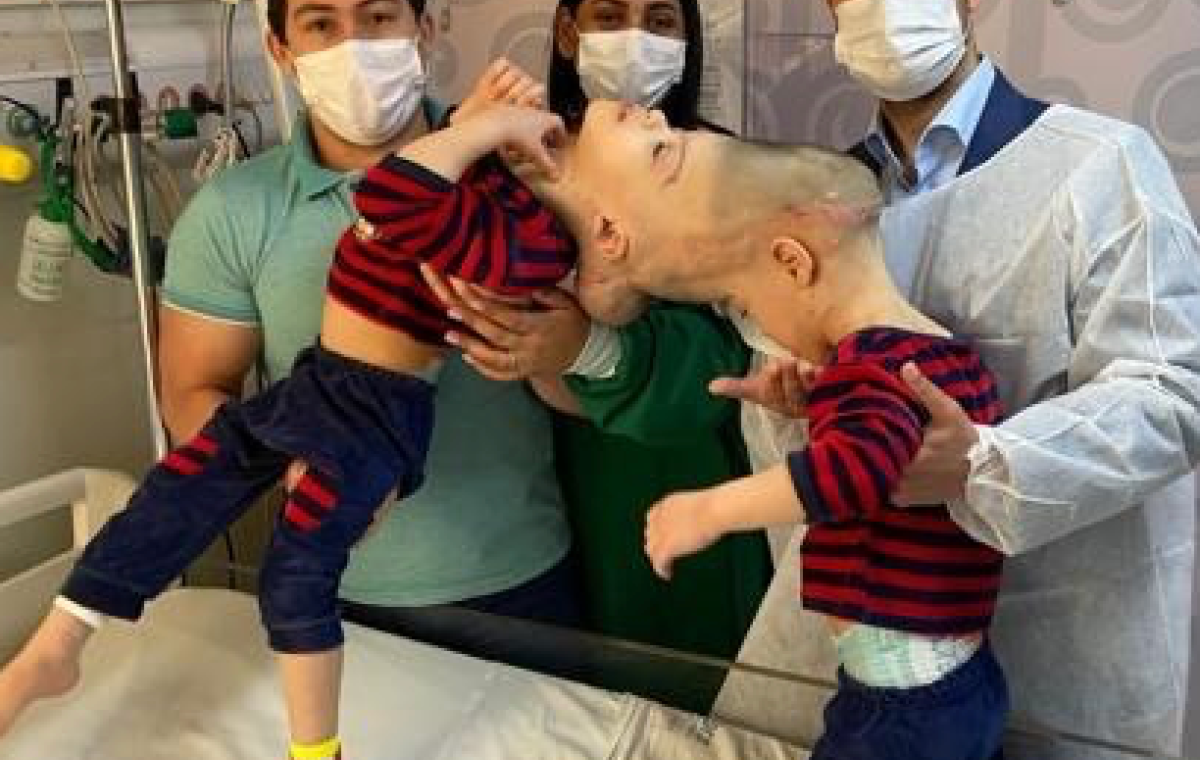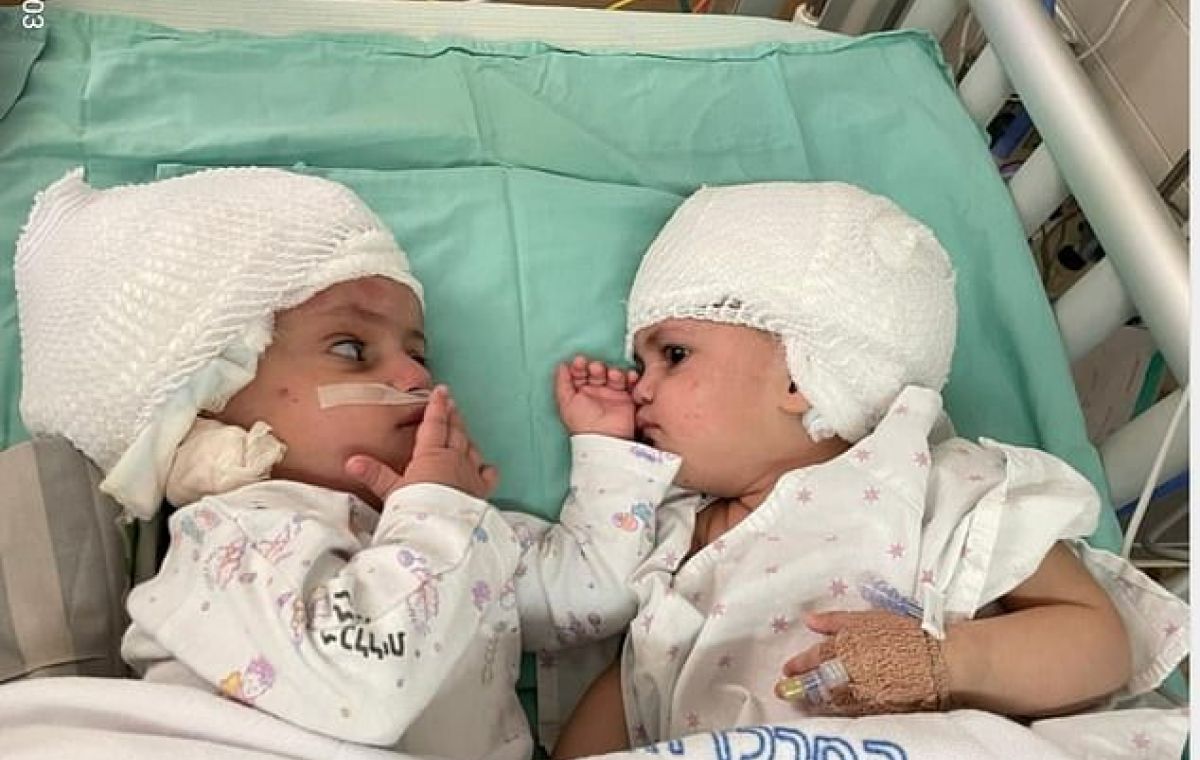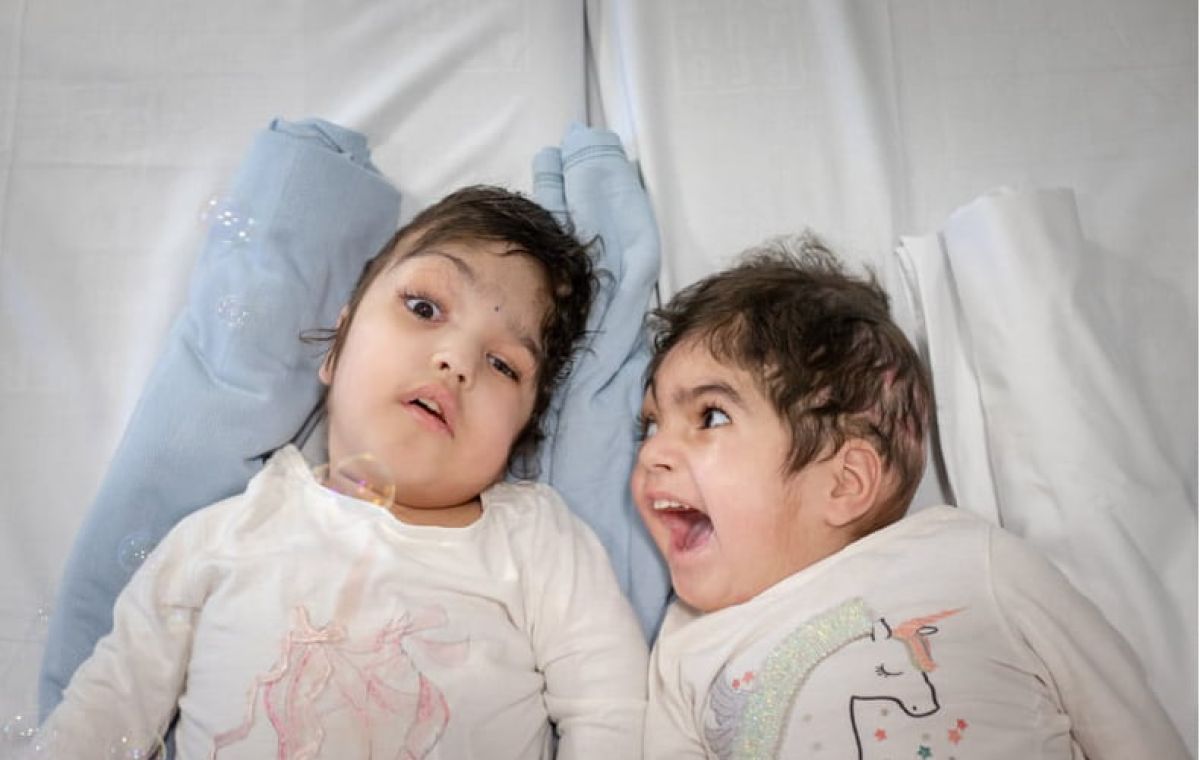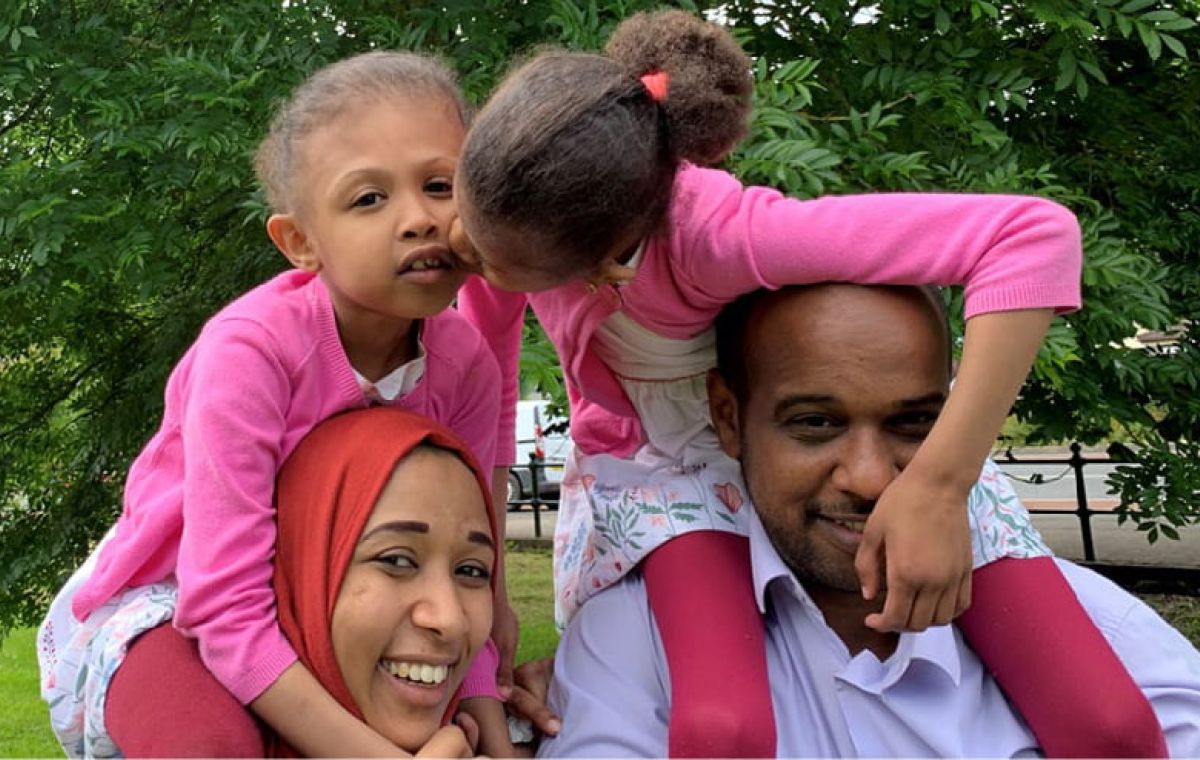About Gemini
Gemini Untwined is the world’s leading charity dedicated to the research and treatment of craniopagus twins around the globe.


What we do
Craniopagus twins (CPT) is a term for two independent children that are connected to each other with fused skulls, intertwined brains, and shared blood vessels.
Our mission is to offer hope and medical solutions to challenges faced by craniopagus children and others with complex craniofacial conditions; to further global health equity and access, enabling the treatment of children and the training of medical teams across the world; and to continue to push the boundaries of medical innovation and research.
Established in 2018 by Dr Noor Ul Owase Jeelani, a leading British-Kashmiri neurosurgeon, Gemini Untwined has partnered with some of the world’s most renowned paediatric care facilities to carry out life-saving operations for craniopagus twins.

1 in 60,000
Birth’s result in a set of conjoined twins.
5%
Of those birth are craniopagus twins.
How we do it
Conjoined twins are rare and only 5 percent are joined at the head- called Craniopagus. The majority currently die within the first year of life.
We are here to defy these odds
When a set of craniopagus twins (CPT) are born, the first step is to undertake detailed imaging of their brains, which include CT and MRI scans, as well as functional blood flow studies.
In addition, the twins undergo a complete check to ensure that there are no other problems with the rest of their bodies, including a check of their cardiac and renal function. Afterwards, the medical team assesses the urgency for separation. This is primarily dictated by the imbalance of blood supply between the twins. The optimal age for separation is between 6 and 12 months of life.
Once the detailed imaging and assessments are undertaken, the next step is to hold a multidisciplinary meeting with specialists from different fields, such as: nurses, allied health professionals, engineers, and biomedical researchers. They collate data to make 3D and virtual reality models of the twins’ brains. The multidisciplinary team then studies the anatomy in great detail.
In our experience, the safest way to proceed is to undertake multiple- staged operations allowing the two babies to heal and recuperate between the various stages. We typically perform the surgery over 4 or 5 procedures, with a few weeks between each stage.
Following the surgical process, some time is required for tissue healing and a longer period is required for rehabilitation. These children have typically never sat up, crawled, or walked before. As such, intensive rehabilitation is necessary to ensure that we deliver two healthy children back to their families at the end of this complex process.
Meet the twins
Testimonials
“Dr Jeelani’s selfless dedication and determination when assisting those so desperate for “a miracle” resonate in so many different ways and on so many different levels. Apart from his achievements, the spirit of healing that he embodies surely strikes a chord with countless people for a multitude of reasons. There is, however, one emotion common to all: gratitude.”
In September 2021, Gemini Untwined supported the team at Israel’s Soroka University Medical centre to perform the country’s first separation of craniopagus twins.</br></br>
“I wish to express our highest gratitude from our team and Soroka University Medical Centre to Mr. Jeelani for his fantastic assistance and perfect teamwork we have done together. Personally speaking, I am deeply privileged for this opportunity to work with such a great surgeon. Of note, he also conquered the heart of our team with his magnificent personality and attitude and for that, I am forever in debt to Mr. Jeelani.”
In July 2020, the surgical team from Gemini Untwined successfully separated craniopagus twin boys Yigit and Derman from Turkey.
“As for our twins, they are still receiving high-level physical therapy at Ankara City Hospital after Dr. Jeelani’s excellent surgery, they have made great progress, they are able to continue their lives individually. Our goal is to make them even better. The twins’ parents are also very happy with the latest situation. They have a lot of greetings to the team, they always pray.”
“This is the first surgery of this complexity in Latin America and was made possible thanks to the leadership, expertise and infectious energy of Noor ul Owase Jeelani and the Gemini team. Since the parents of the boys came from their home in the Roraima region to Rio to seek our help two and a half years ago, they had become part of our family here in the hospital. We are delighted that the surgery went so well and the boys and their family have had such a life-changing outcome.”

